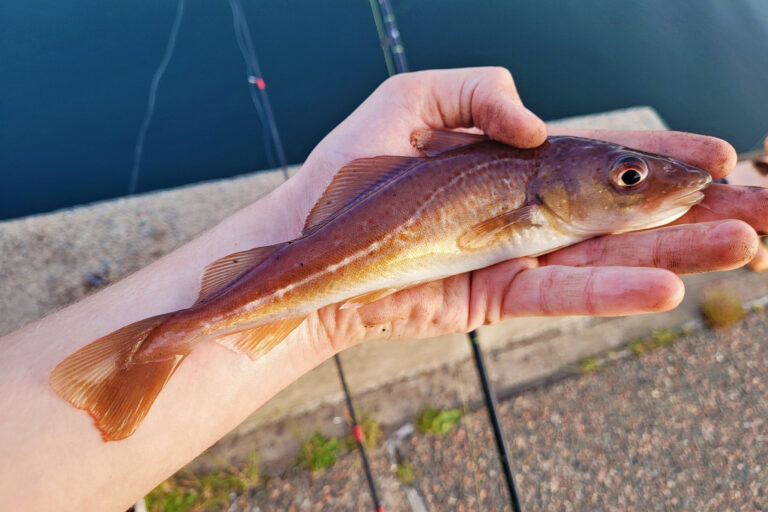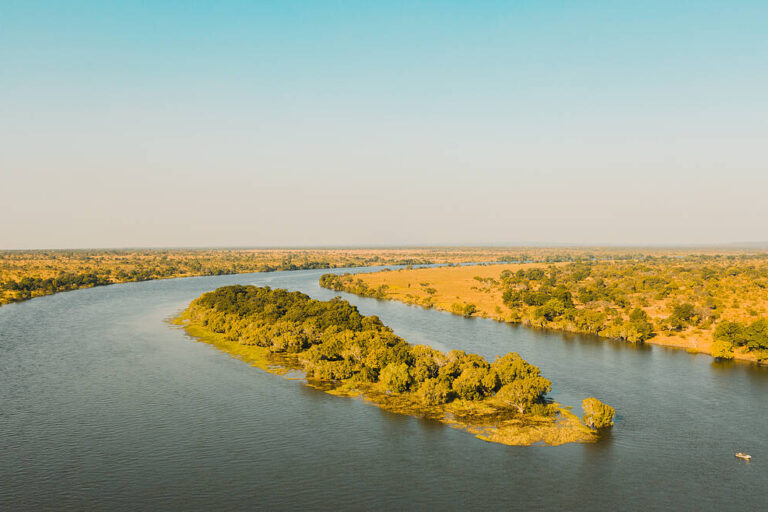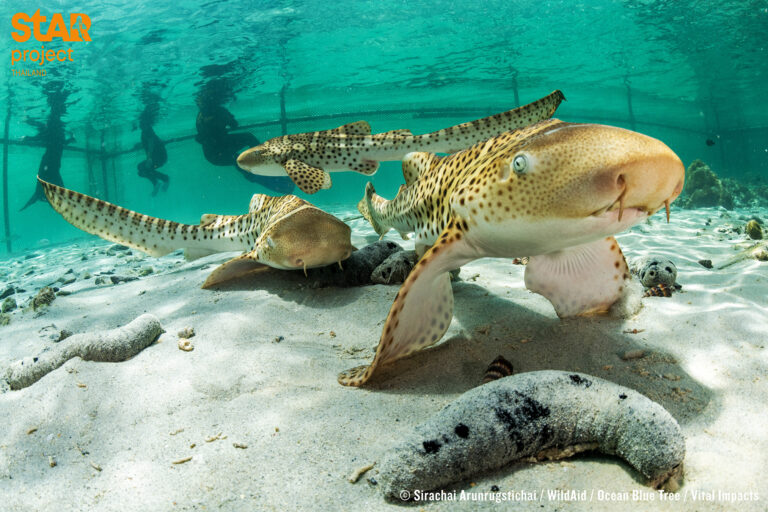- Scientists discovered a new underwater mountain and more than 100 potentially new-to-science species during recent expeditions in the Southeast Pacific, including rare creatures like flying spaghetti monsters and Casper octopuses.
- The newly found seamount, located about 1,450 km (900 mi) off Chile’s coast, rises 3,100 meters (nearly 2 miles) from the seafloor and hosts thriving deep-sea ecosystems with ancient corals and glass sponges.
- These findings highlight the rich biodiversity of the high seas and come at a crucial time as the U.N. finalizes the high seas treaty to protect international waters.
- While the treaty sets rules for marine protected areas, challenges remain in its implementation, including formal adoption and ratification by at least 60 countries.
Flying spaghetti monsters, Casper octopus, and a fish that looks like a Muppet are just a few of the rare creatures found on a previously unknown underwater mountain off the coast of Chile. During ocean expeditions in the Southeast Pacific this year, scientists found an underwater wonderland, including more than 100 potentially new-to-science species.
“We far exceeded our hopes on this expedition,” expedition leader Javier Sellanes of Chile’s Catholic University of the North (UCN), said in a statement. “You always expect to find new species in these remote and poorly explored areas, but the amount we found, especially for some groups like sponges, is mind-blowing.”

Scientists mapped and explored numerous seamounts along underwater mountain ranges like the Nazca Ridge and Salas y Gómez Ridge, venturing into areas that have never been studied in detail.
Among the most significant discoveries was an entirely new seamount in international waters, about 1,450 kilometers (900 miles) off the Chilean coast. The underwater mountain rises more than 3 km meters (nearly 2 miles) from the seafloor, reaching its summit 994 m (3,261 ft) below the ocean surface.
The seamount discovery came during a 28-day expedition in July and August led by the Schmidt Ocean Institute in partnership with Ocean Census and the Center for Coastal and Ocean Mapping/Joint Hydrographic Center at the University of New Hampshire in the U.S.
Researchers created detailed 3D maps of the seafloor topography using the ship’s advanced multibeam sonar system. They then conducted an exploratory dive on one of the mountain ridges using a remotely operated underwater vehicle (ROV).


The ROV dives revealed thriving deep-sea ecosystems, with scientists documenting gardens of ancient corals, fields of glass sponges (class Hexactinellida), and numerous fish species. On one seamount, researchers found a pristine coral reef covering an area of about 800 square meters (8,600 square feet).
“The seamounts of the Southeastern Pacific host remarkable biological diversity, with species found nowhere else to date,” said Alex David Rogers, science director of Ocean Census, an international marine species discovery initiative.
In addition to mapping and visual surveys, the teams collected samples of plants and animals that are still being analyzed. Already, scientists estimate they may have found more than 100 species unknown to science during the expeditions, including deep-sea corals (order Scleractinia), glass sponges, sea urchins (class Echinoidea), amphipods (order Amphipoda) and squat lobsters (family Galatheidae).


The researchers also spotted several rare species. They captured the first-ever footage of a live Promachoteuthis squid, a genus so elusive that only three species have been described, mostly from dead specimens collected in the late 1800s. The team also saw a Casper octopus (genus Grimpoteuthis), marking the first time this species has been seen in the Southern Pacific. Two rare siphonophores from the genus Bathyphysa, known as flying spaghetti monsters, were also seen in the depths.
The Schmidt Ocean Institute expeditions demonstrate both the rich biodiversity at stake in the high seas and the vast areas that remain unexplored. Before 2024, only about 1,000 species were documented in the Southeast Pacific region studied. The recent expeditions have already increased that number to more than 1,300.
“A picture is worth a thousand words, and really the images we have taken here are of a unique beauty and a place which is totally unknown even to us, which, when made visible to the rest of the population, it not only gives tools to decision-makers, but it also gives a voice to people to ask for greater protection,” Maria Gallardo, a scientist at UCN’s Center for Ecology and Sustainable Management of Oceanic Islands, said in a video interview.


The findings come at a crucial time, as the United Nations recently finalized a landmark treaty aimed at protecting biodiversity in international waters. Known as the high seas treaty and agreed on in March 2023, it sets rules for establishing marine protected areas and managing ocean areas outside any country’s jurisdiction.
“[I]n 200 years’ time, if we’re able to keep this planet going without destroying it, we will look back at texts like this and say there’s the turning point — when we as [193] countries came together to force the protection of the common heritage of humankind,” Jeremy Raguain, a Seychelles delegate and marine conservationist, told Mongabay.
However, challenges remain in implementing the treaty. It still needs to be formally adopted and then ratified by at least 60 countries before taking effect. Details about how it will be funded and enforced also need to be worked out.
“This is a once-in-a-generation moment,” said Andreas Hansen, ocean policy lead at The Nature Conservancy, who wasn’t involved in the expeditions but commented on their importance. “Now we need to do a whole lot of work to make sure that those words on the page actually turn into benefits.”
Banner image: of a Chaunacops, a genus of bony fish in the sea toad family, seen at a depth of nearly 1,400 m (4,560 ft) on Seamount SF2 inside Nazca-Desventuradas Marine Park. Image courtesy of Schmidt Ocean Institute. CC BY-NC-SA
Liz Kimbrough is a staff writer for Mongabay and holds a Ph.D. in ecology and evolutionary biology from Tulane University, where she studied the microbiomes of trees. View more of her reporting here.
As U.N. members clinch historic high seas biodiversity treaty, what’s in it?
FEEDBACK: Use this form to send a message directly to the author of this post. If you want to post a public comment, you can do that at the bottom of the page.














